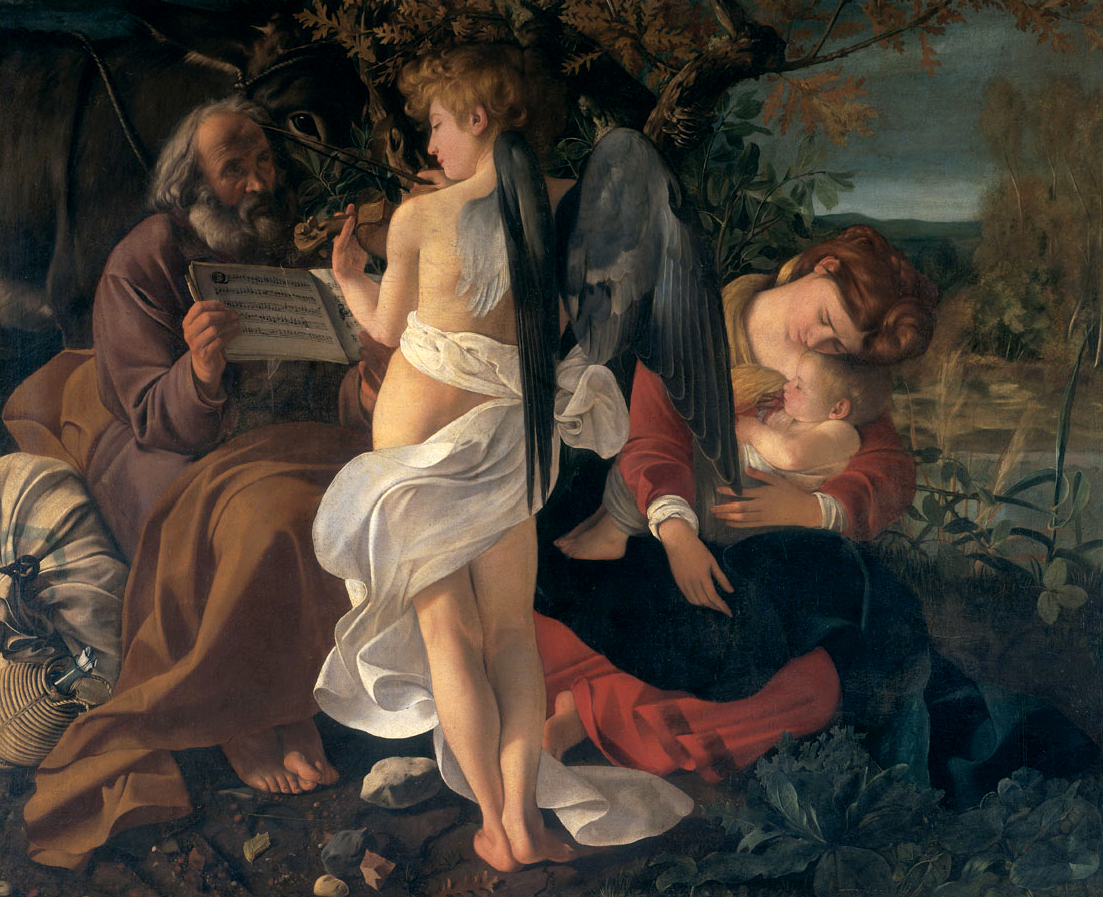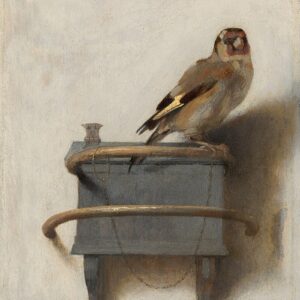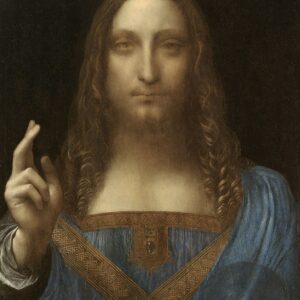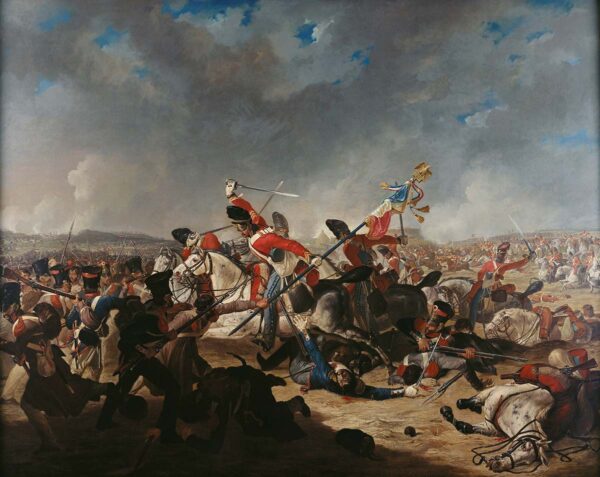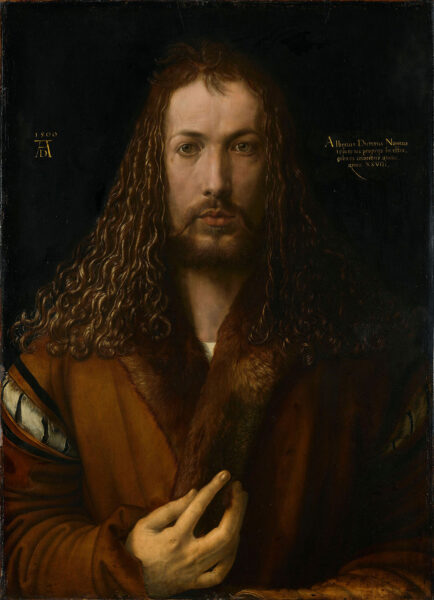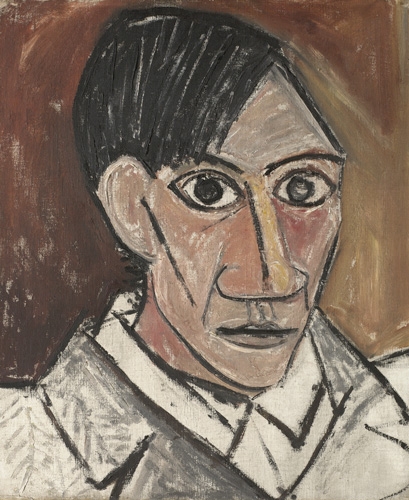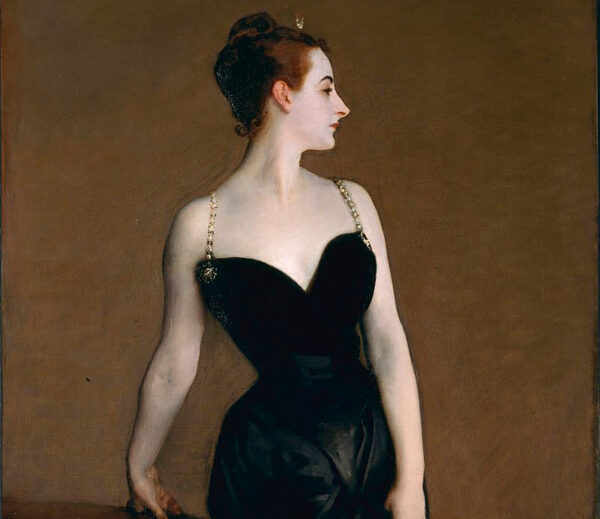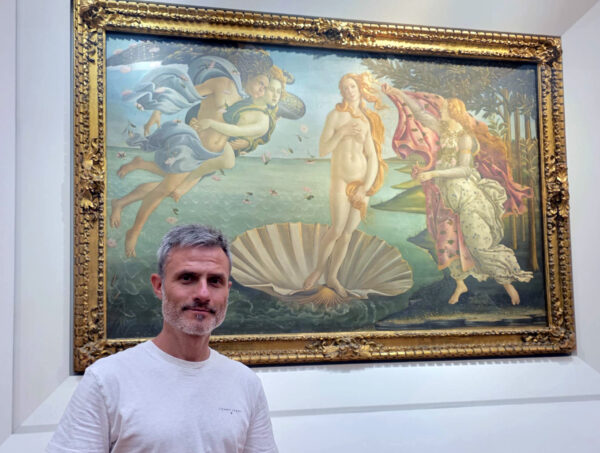The Race of a Contemporary Icon: Apocalypse Now
Created in 1988 by Christopher Wool, this minimalist typographic piece encapsulates the acceleration of the modern art market. Its journey was a true sprint:
1988: Elaine Dannheisser buys it for $7,500 USD.
2001: It passes to the hands of magnate François Pinault for $400,000 USD.
2005: Fund manager David Ganek acquires it for $2 million USD.
2013: It reaches $26.5 million USD at Christie’s.
Four owners in 25 years and a revaluation of +350,000%: a record that reflects the speculative fever of living art. Apocalypse Now is currently owned by an anonymous collector, though other works by Christopher Wool can be admired at the Guggenheim Museum in Bilbao and the MoMA in New York.
The Odyssey of Titian: From the Court to Controversy
Old masterworks are witnesses to history, and their trajectories are epic. The Rest on the Flight into Egypt (Titian, 1510) is a testament to five centuries of turmoil. It began in Venice, made its way to the court of Charles I of England, and was confiscated after his execution. It was then acquired by the Habsburgs, stolen by Napoleon, recovered by Austria… and in 1995, it was stolen again before finally being rescued in 2002. Its current value is £25 million.
But Titian’s journey was more than just geographical. Beneath the surface of the canvas, micro-stratigraphies reveal up to 12 layers of superimposed paint, with months of creative pauses in between. A canvas that traveled through time with its own creator. Today, it rests in the Marquess of Bath’s Collection at Longleat House in the UK. Furthermore, our readers will know that the Prado Museum in Madrid houses one of the most important collections in the world of this unique High Renaissance master.
“Titian perfected his figures by rubbing color with his fingers, blending tones… until they lacked only the breath of life.” — Palma il Giovane, 1668
Other legendary odysseys
“The Arnolfini Portrait” (Van Eyck, 1434): Commissioned in Bruges, this work traveled between diplomacy and royalty, belonging to both the Spanish and British crowns. Since 1842, it has been exhibited at the National Gallery in London after mysteriously disappearing in 1813 from the Royal Palace of Madrid.
“The Goldfinch” (Carel Fabritius, 1654): This painting survived the Delft explosion that killed its creator, disappeared for 200 years, and was rediscovered in 1859. Its insured value is €30 million. It can be seen at the Mauritshuis in The Hague, Netherlands. This painting plays a central role in Donna Tartt’s 2013 novel, which won the 2014 Pulitzer Prize and was adapted into the 2019 film, The Goldfinch, by John Crowley.
- “Salvator Mundi” (attributed to Leonardo): From an English workshop to the collection of Mohamed bin Salman, its journey is a story of controversy, restoration, and geopolitics that culminated in a record-breaking sale of $450.3 million USD in 2017. It is believed to be on the luxury yacht Serene, owned by the Saudi prince. It is not currently on public display.
Routes of the 21st Century: From Canvas to the Metaverse
Today, the journey of an artwork takes on new layers:
Global Exhibitions: Works travel between museums on different continents, bringing heritage to new audiences.
Blockchain Certification: NFTs (non-fungible tokens) register provenance in real-time, guaranteeing authenticity and traceability.
International Competitions
Conclusion: The Infinite Map
From Apocalypse Now to Titian, each journey is a chapter written with two kinds of ink:
Fast Ink: Lightning-fast transactions and stratospheric capital gains.
Slow Ink: Centuries of war, restoration, and persistent genius.
Both stories prove that art is never still. It’s always in motion, loaded with history, secrets, and value.
In the Target Prize 2025, works from 24 different countries traveled to Madrid for the Top 100 exhibition that capped off the competition. Afterward, they moved on to La Mancha. Many of these works will not return to the workshops or studios they came from. These works will already have a first stamp in their “provenance passport.” We, as organizers, artists, and collectors, are part of this beautiful and exciting global patronage.


